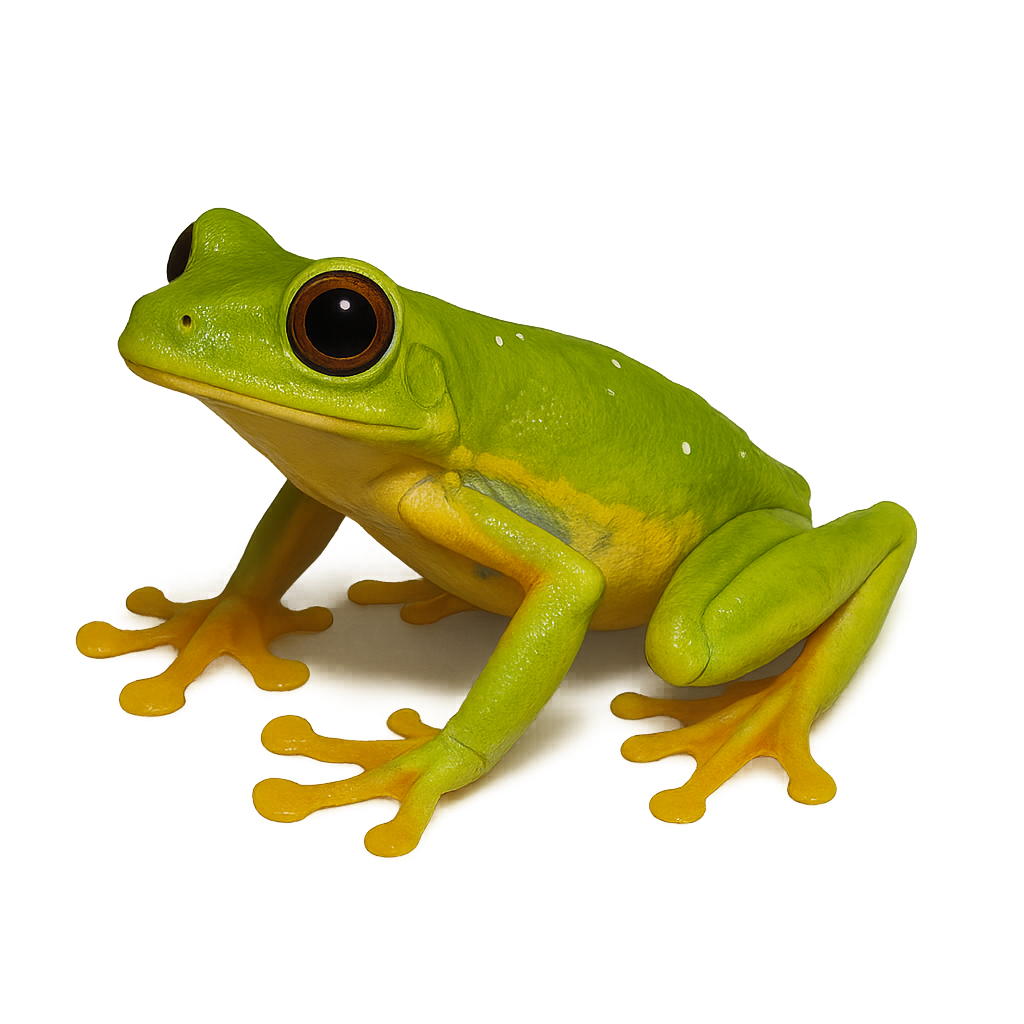Your wildlife photography guide.
Explore the gliding tree frog in detail, study its behavior, prepare your shots.
Where to observe and photograph the gliding tree frog in the wild
Learn where and when to spot the gliding tree frog in the wild, how to identify the species based on distinctive features, and what natural environments it inhabits. The WildlifePhotographer app offers tailored photography tips that reflect the gliding tree frog’s behavior, helping you capture better wildlife images. Explore the full species profile for key information including description, habitat, active periods, and approach techniques.
Gliding Tree Frog
Scientific name: Agalychnis spurrelli

IUCN Status: Least Concern
Family: HYLIDAE
Group: Amphibians
Sensitivity to human approach: Suspicious
Minimum approach distance: 10 m
Reproduction period: April to June
Incubation: 8-10 jours
Births: April to June
Habitat:
Humid tropical forests, canopy, temporary pools
Activity period :
Mainly active at night, generally discreet during the day.
Identification and description:
The Gliding Tree Frog is a medium-sized nocturnal arboreal frog, measuring between 5 and 8 cm. It has bright green dorsal coloration during the day, turning darker at night, with orange or bluish hues on its flanks and limbs. Its large red eyes and webbed feet enable it to "fly" from tree to tree by gliding. This species inhabits humid tropical forests in Costa Rica, Panama, Colombia, and Ecuador, between 15 and 750 m elevation. It resides in the canopy and descends to the ground to breed in temporary pools formed by rains. Breeding is explosive, with thousands of individuals gathering in a single night to lay eggs on leaves overhanging water. Tadpoles fall into the water upon hatching. Although listed as Least Concern by the IUCN, this species is locally threatened by deforestation and habitat loss.
Recommended lens:
Macro – adjust based on distance, desired framing (portrait or habitat), and approach conditions.
Photography tips:
Use a macro lens to capture details of the Gliding Tree Frog, especially its red eyes and webbed feet. Prefer nocturnal shots with soft lighting to avoid disturbing the animal. Be discreet and respect its natural habitat.
The WildlifePhotographer App is coming soon!
Be the first to explore the best nature spots, track rutting seasons, log your observations, and observe more wildlife.
Already 1 432 wildlife lovers subscribed worldwide

